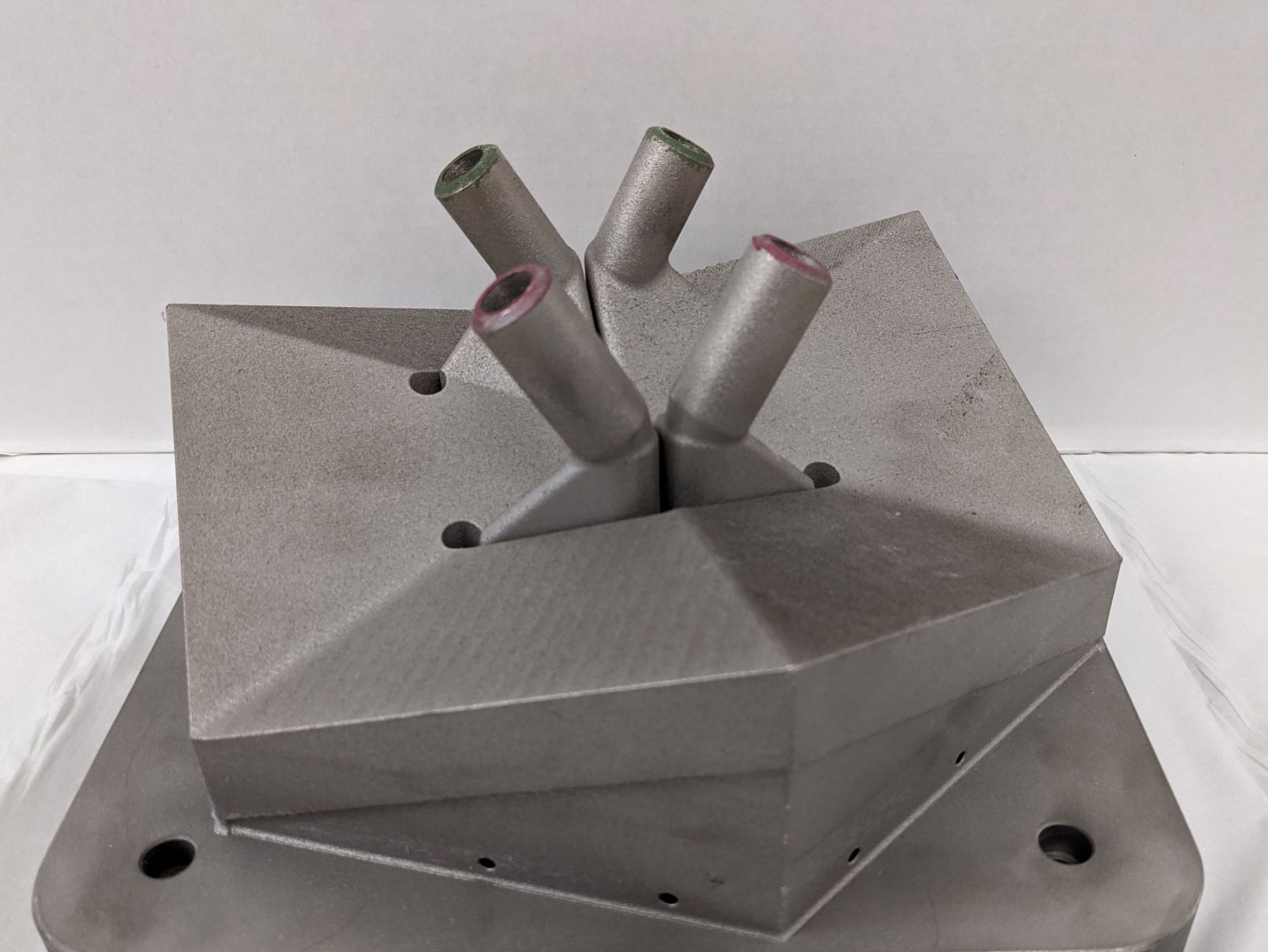
GE Research is leading a US$3.1 million project to make a high temperature, high pressure and compact heat exchanger using 3D printing.
According to the company, being able to run power turbines and jet engines hotter can result in higher efficiency levels.
A GE team led by engineer Dr Lana Osusky worked with the University of Maryland and Oak Ridge National Laboratory to build and test a subscale 3D printed heat exchanger at temperatures meeting the project’s goal of 900°C (1652°F) and achieving close to half the 250 bar (3626 psi) target pressure. This exceeds today’s devices by more than 200°C, or close to 400°F, the company said.
‘The design freedom afforded by 3D printing processes and design tools is allowing us to more rapidly develop, build and test new heat exchanger designs that were previously not possible,’ said Dr Osusky.
After designing, simulating, building, and testing a series of subscale prototypes, Osusky said the team found that a design resembling a bunch of grapes was best able to handle the higher temperatures and pressure.
Plans are to build and test the final prototype at a temperature of 900°C (1652°F) and pressure of 3,626 psi by the end of the project in Q1 2022.
This story uses material from GE, with editorial changes made by Materials Today. The views expressed in this article do not necessarily represent those of Elsevier.






